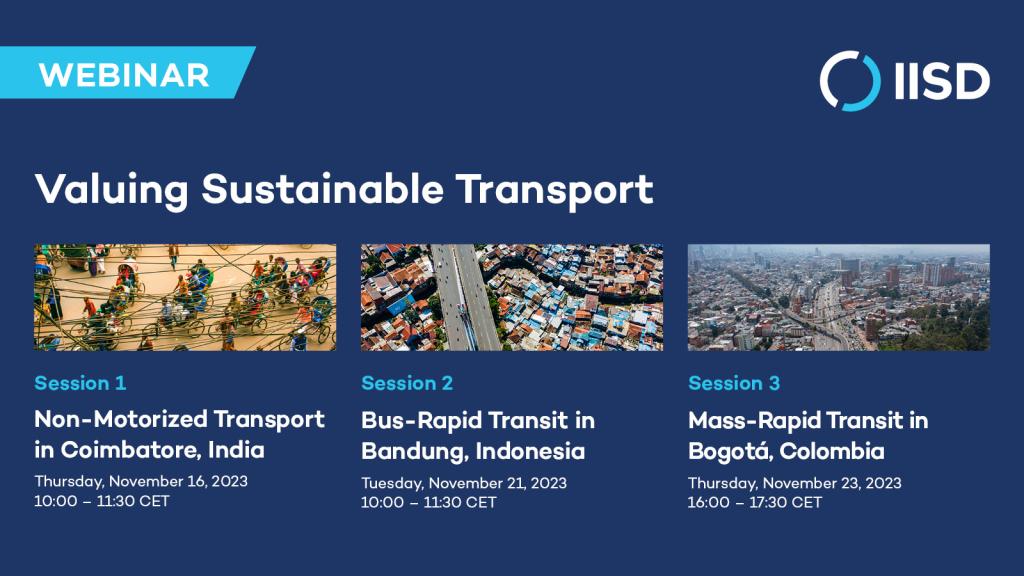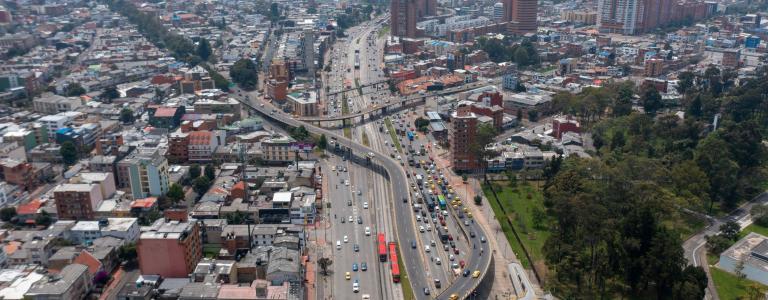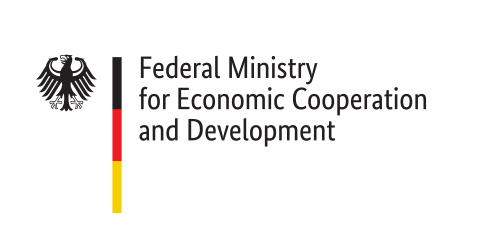Valuing Sustainable Transport
Transport is a crucial part of modern society, connecting communities and fostering development. However, the impact of the transport sector on the planet is huge, causing over 20% of global carbon dioxide emissions. It is therefore one of the main drivers of climate change while also having significant direct and indirect negative impacts on human health.
As populations and cities grow, the world’s transport networks will need to expand and modernize to meet demands. Sustainable transport can provide safe, accessible, efficient, and resilient mobility while minimizing carbon dioxide and other emissions. Despite these benefits, sustainable transport infrastructure is not being developed at the scale needed to adapt to ever-increasing climate impacts and to meet net-zero targets by 2050.
All infrastructure investments generate benefits and costs, which is why it is crucial to identify, quantify, and analyze all impacts surrounding a project. Our Sustainable Asset Valuation (SAVi) methodology is rooted in systems thinking and uses tools like spatial, Excel-based, and system dynamic models to provide a more holistic understanding of the value of sustainable transport infrastructure by weighing the environmental, economic, and social co-benefits of a project. These approaches can be key instruments for helping investors, planners, and policy-makers make informed decisions about sustainable transportation investments.
We led this three-session webinar series on valuing sustainable transport with SAVi:

Session 1: Thursday, November 16, 10:00–11:30 CET
Sustainable Transport Investment: a case study in Coimbatore, India
In the first session, we introduce the role that sustainable transport infrastructure can play in producing economic, social, and environmental benefits. We take you, step-by-step, through our SAVi methodology, which uses a combination of system dynamics, spatial modelling, climate data, and financial analysis to assess the environmental, social, and economic performance of infrastructure assets. We then look at this in focus through the lens of a case study of a non-motorized transport network in the city of Coimbatore, India.
Session 2: Tuesday, November 21, 10:00–11:30 CET
Systems Thinking for Sustainable Transport Projects: a case study in Bandung, Indonesia
In the second session, we delve deeper into systems thinking and systems dynamics. We introduce causal loop diagrams and examine how the simulation and interpretation of a variety of scenarios can help assess sustainable transport infrastructure investment options. During this session, we present a case study of a bus rapid transit system in Bandung, Indonesia.
Session 3: Thursday, November 23, 16:00–17:30 CET
Integrated Cost-Benefit Analysis for Transport Projects: a case study in Bogotá, Colombia
In the final session, we explore the added value of integrated valuations and cost-benefit analyses versus more traditional project costing approaches. We also demonstrate how to identify key added benefits and avoided costs for sustainable transport projects and how this enables decision-makers to delve beneath the surface of a transport project, looking at the longer-term benefits throughout its life cycle. This is illustrated by the case study of a mass-rapid transit system in Bogota, Colombia.

